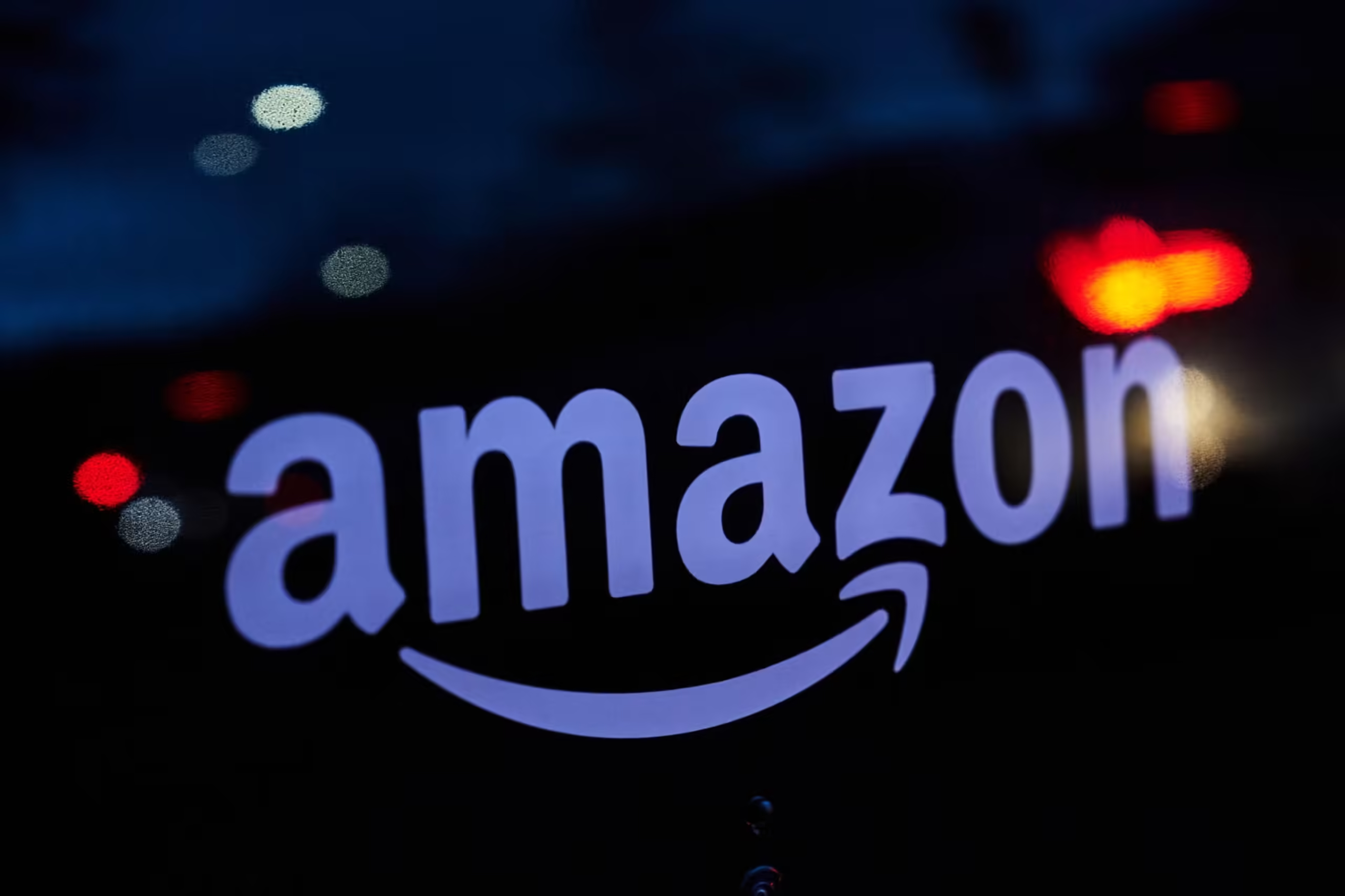Are you familiar with the vast empire of Amazon? You probably know them as an online retail giant, but did you know that they also own multiple other companies? As someone who has been fascinated by the business world, I’ve spent a lot of time researching and studying Amazon’s growth and acquisitions. And let me tell you, they have their hands in so many different industries!
In this article, we’re going to uncover 5 companies that are owned by Amazon that you may not have heard of before. From grocery stores to streaming services, there’s no denying that Amazon truly is everywhere. We’ll take a look at each company’s purpose and how it fits into Amazon’s overall strategy. So join me on this journey as we explore some lesser-known branches of the mighty Amazon tree!
So, Companies Owned by Amazon?
Amazon is not just a retail giant but also a conglomerate that owns various companies across different industries. Some of the lesser-known companies owned by Amazon include Whole Foods Market, Twitch, IMDb, Ring, and Audible.
Whole Foods Market is a popular grocery chain that focuses on natural and organic foods. It was acquired by Amazon in 2017 for $13.7 billion. This purchase allowed Amazon to expand its presence in the food industry and compete with other major retailers like Walmart.
Twitch is a live streaming platform primarily used for video game streaming but has expanded to include other content such as music concerts and talk shows. It was acquired by Amazon in 2014 for $970 million and has since become one of the top platforms for live streaming.
IMDb (Internet Movie Database) is an online database of information related to films, television programs, actors, production crew personnel and more. It was acquired by Amazon in 1998 and continues to be one of the most popular sources for movie information.
Ring is a home security company known for its smart doorbells and cameras that allow users to monitor their homes remotely. It was purchased by Amazon in 2018 for over $1 billion dollars as part of their expansion into the smart home market.
Audible is an audiobook service where users can purchase or rent digital audiobooks from a wide range of genres. It was acquired by Amazon in 2008 and remains one of the leading providers of audiobooks worldwide.
Overall, these acquisitions show how diverse Amazon’s business ventures are beyond just e-commerce. By owning these companies, they have been able to enter new markets and continue their growth as one of the largest corporations in the world.
Understanding Amazon’s Acquisition Strategy: The Method Behind the Purchases
Amazon’s acquisition strategy often feels like a masterclass in business. When the company decides to acquire another firm, it does so with clear intentions that extend beyond immediate profits. One key aspect of their approach is diversification. By bringing in companies from various sectors—like Whole Foods for grocery delivery or Zappos for online retail—they can expand their offerings and create a more robust ecosystem for customers. This not only attracts new shoppers but also keeps existing ones loyal as they discover new products and services under the Amazon umbrella.
Another important part of Amazon’s strategy is its emphasis on technology and innovation. Acquisitions are frequently aimed at enhancing technological capabilities or improving customer experience. For example, when Amazon bought Twitch, a popular streaming platform focused on gaming, it wasn’t just about capturing an audience; it was about tapping into live-streaming trends that bring communities together in engaging ways. Each purchase seems to fit into a larger puzzle designed to streamline operations or bolster competitive advantages across different markets.
Through these carefully selected acquisitions, Amazon continually positions itself as more than just an online retailer—it’s evolving into an integral part of everyday life for millions around the globe.
Investigating Whole Foods Market: From Supermarket Chain to Amazon Subsidiary
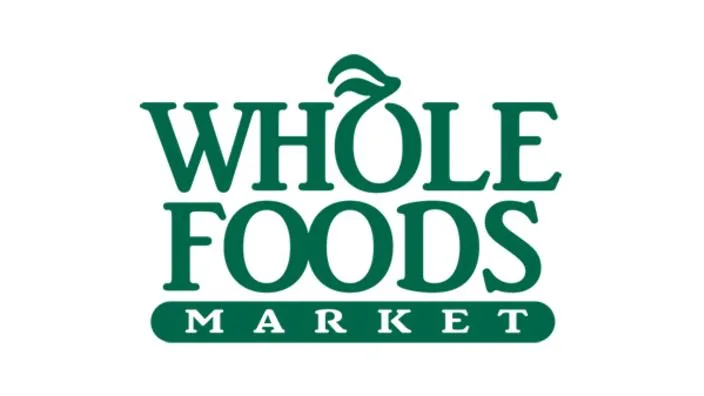
Whole Foods Market is a fascinating case study in the world of grocery shopping. Founded in 1980, it quickly gained popularity for its commitment to natural and organic foods. Shoppers were drawn to its vibrant produce sections, filled with colorful fruits and vegetables, alongside an impressive array of health-conscious products. Customers loved the idea that they could find food free from artificial ingredients and pesticides. Whole Foods became more than just a place to grab groceries; it transformed into a lifestyle brand that emphasized sustainability and wellness.
The landscape shifted dramatically when Amazon acquired Whole Foods in 2017 for $13.7 billion. This merger sparked conversations about the future of grocery shopping as well as how technology could enhance customer experience at physical stores. With Amazon’s influence, Whole Foods began introducing lower prices on popular items while also integrating online ordering options for convenience seekers who preferred shopping from home.
Moreover, this partnership opened up avenues for fresh delivery services through Amazon Prime Now, making delicious organic food accessible to even more people than ever before. The evolution from an independent supermarket chain to an innovative subsidiary demonstrates how companies can adapt to changing consumer needs while remaining true to their core values of quality and health-focused living.
Read also: how alphabet makes money
Unveiling Twitch Interactive Inc.: How It Compliments Amazon’s Digital Domain
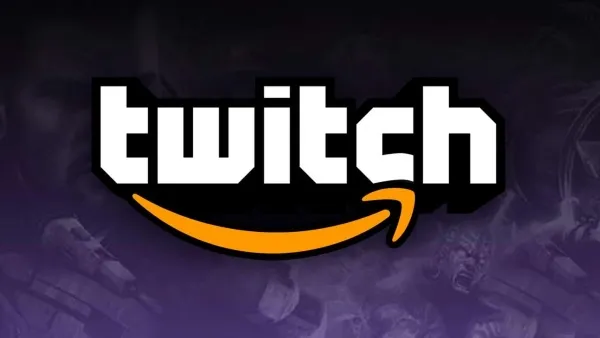
Twitch Interactive Inc. stands as a vibrant pillar within Amazon’s expansive digital universe, adding a unique flavor to what is already a vast content ecosystem. Founded in 2011, Twitch initially emerged as a platform for gamers to share their live gameplay experiences. Over the years, it has evolved into so much more—becoming a community hub where creativity flourishes and diverse interests converge. This dynamic environment not only attracts avid gamers but also artists, musicians, and even chefs who want to share their passions with an engaged audience. With its interactive features like chat rooms and subscription options, Twitch fosters real-time connections between streamers and viewers that traditional media simply cannot replicate.
Amazon’s acquisition of Twitch in 2014 allowed both companies to innovate further together. By integrating Twitch’s capabilities with Amazon Prime services and other offerings, they have created bundles that appeal to entertainment seekers everywhere. For instance, viewers can enjoy exclusive game-related content while benefiting from Prime’s perks like free shipping on gaming gear or discounts on video games through the Amazon store.
Moreover, the synergy between these two platforms creates opportunities for advertisers seeking targeted outreach.
- This partnership enhances brand visibility.
- It allows for tailored promotions during high-traffic gaming events.
The result? A rich tapestry of entertainment that captures audiences’ attention across multiple channels!
Scrutinizing Zappos.com: Delving into Amazon’s Footwear Frontier
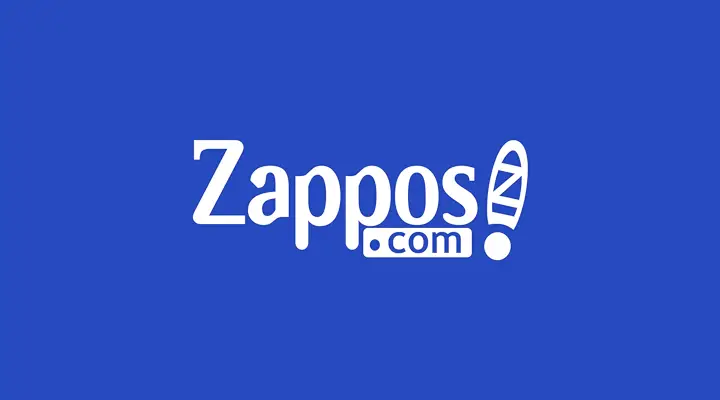
Zappos.com is not just another online shoe store; it’s a vibrant community where comfort meets style. From the moment you land on their website, you’re greeted by an array of colorful shoes that cater to every taste and occasion. The layout is clean and user-friendly, making it easy for anyone to navigate through countless options, whether searching for chic sneakers or elegant heels. What sets Zappos apart is its commitment to customer satisfaction, which shines through in their detailed product descriptions and high-quality images. Shoppers can browse countless brands with ease while relying on comprehensive reviews from fellow customers who share their experiences.
The magic of Zappos truly lies in its unique culture and values. Their mission goes beyond selling footwear; it’s about creating memorable shopping experiences. With features like free shipping both ways—so buyers can easily return items if they don’t fit—Zappos has fostered a sense of trust among its customers. Also notable are the friendly customer service representatives who often go above and beyond to assist shoppers personally. This dedication not only encourages repeat business but also transforms casual buyers into loyal fans eager to explore new collections regularly.
Ultimately, Zappos exemplifies how prioritizing people over profit creates lasting connections in the bustling world of e-commerce.
You may also like: can you make money from solar panels
Exploring Ring Inc.: Safety Solutions as a Part of the Amazon Ecosystem
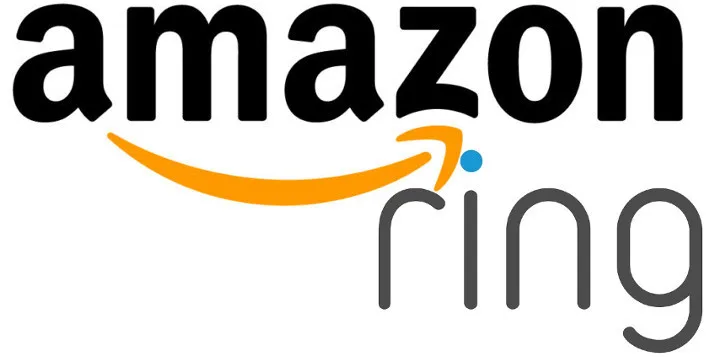
When you think about home security, Ring Inc. often comes to mind as a trusted companion in ensuring safety. Nestled within the vast Amazon ecosystem, Ring offers a variety of innovative solutions designed to protect our homes and loved ones. Their smart doorbells, equipped with high-definition cameras, allow homeowners to see who is at the door without stepping outside. Notifications ping swiftly on smartphones when motion is detected or someone rings the bell, fostering peace of mind for busy households. Furthermore, features like two-way audio enable conversations right from your device—imagine chatting with delivery personnel while preparing dinner!
As part of Amazon’s broader commitment to connectivity and convenience, Ring integrates seamlessly with other devices and services. For instance, you can set up routines where outdoor lights illuminate when someone approaches your property or get alerts through Alexa-enabled devices if unusual activity occurs nearby. This interconnectedness makes it easier than ever to manage home security effortlessly from one app or voice command. Additionally, they provide options such as neighborhood watch programs that foster community awareness—a step towards creating safer living environments for everyone involved.
In essence, Ring enhances our daily lives by weaving technology into the fabric of home safety while working harmoniously within Amazon’s expanding digital landscape.
Conclusion: Reflecting on the Extent of Amazon’s Corporate Reach and Future Prospects
Amazon has woven itself into the fabric of everyday life for millions around the globe. With its vast selection of products, from household essentials to rare finds, it feels like a digital marketplace that never closes. The convenience of ordering anything online and having it delivered right to your doorstep is remarkable. Customers can browse at their leisure, compare prices, and read reviews—all while sipping coffee in their pajamas! This level of accessibility has reshaped shopping habits and expectations, making quick delivery a crucial factor for consumer satisfaction. Many find themselves relying on Amazon not just for shopping but also for entertainment through Prime Video or music streaming.
Looking ahead, the future seems bright yet complex for Amazon. As they continue to expand into new sectors—like groceries with Whole Foods or cloud computing with AWS—the company faces both challenges and opportunities. Regulatory scrutiny grows as lawmakers ponder antitrust issues related to such corporate dominance. Meanwhile, innovations like drone deliveries hint at an exciting evolution in logistics. Will consumers embrace this change? Only time will tell if Amazon’s reach will strengthen or if competition will reshape the landscape once more. Adapting to these shifts could define not just Amazon’s path forward but also how we shop and interact with technology in our daily lives.

